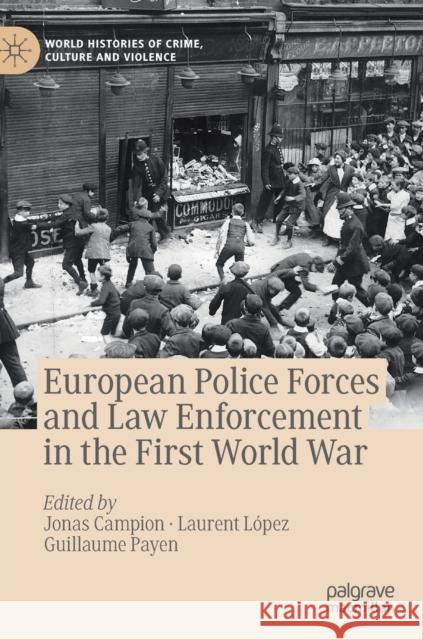European Police Forces and Law Enforcement in the First World War » książka
topmenu
European Police Forces and Law Enforcement in the First World War
ISBN-13: 9783030261016 / Angielski / Twarda / 2019 / 371 str.
European Police Forces and Law Enforcement in the First World War
ISBN-13: 9783030261016 / Angielski / Twarda / 2019 / 371 str.
cena 484,18 zł
(netto: 461,12 VAT: 5%)
Najniższa cena z 30 dni: 462,63 zł
(netto: 461,12 VAT: 5%)
Najniższa cena z 30 dni: 462,63 zł
Termin realizacji zamówienia:
ok. 22 dni roboczych
Bez gwarancji dostawy przed świętami
ok. 22 dni roboczych
Bez gwarancji dostawy przed świętami
Darmowa dostawa!
Kategorie BISAC:
Wydawca:
Palgrave MacMillan
Seria wydawnicza:
Język:
Angielski
ISBN-13:
9783030261016
Rok wydania:
2019
Wydanie:
2019
Numer serii:
000793608
Ilość stron:
371
Waga:
0.63 kg
Wymiary:
21.01 x 14.81 x 2.39
Oprawa:
Twarda
Wolumenów:
01
Dodatkowe informacje:
Wydanie ilustrowane











